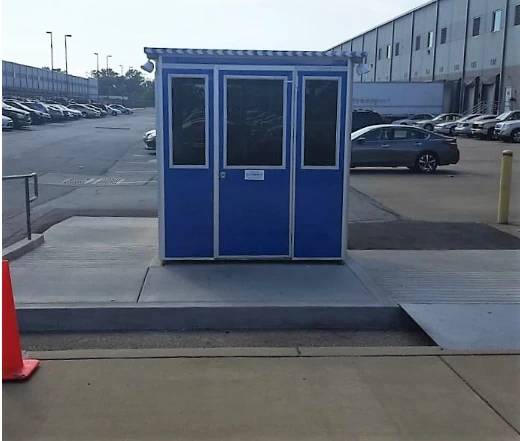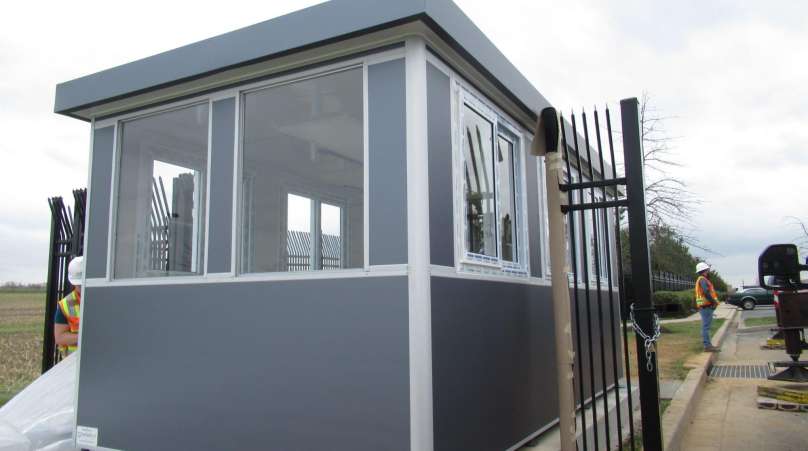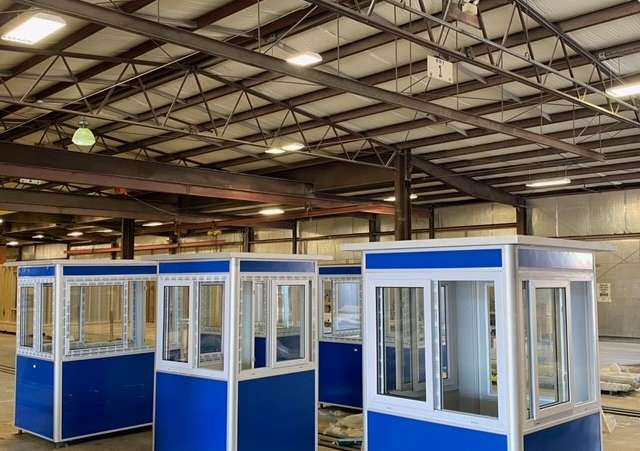A company culture is essentially the personality of a company. Culture is about the various aspects that make up the work environment that employees exist in, but also about the company mission, vision, values, ethics, expectations, and so forth. While the culture may not be explicitly written somewhere like a vision or mission statement is, it is still a very tangible thing. Employees can feel it – they know, instinctively, when something fits in with their organizational culture or not. The culture helps them know how to act, how to treat each other, how to handle customers, and more. An effective culture helps them feel valued and actually more productive.

Google, Zappos, Intuit, Adobe, and Facebook are all known for having a company culture that makes them among the most desirable places to work. In fact, company culture is highly sought after by job seekers. When you have a positive company culture – one that even prospective employees can sense when they come in for an interview – you are more likely to bring in the best, the brightest, and the most creative employees. As a business owner or corporate leader, you can boost your employee’s productivity and creativity by ensuring that your corporate culture creates a friendly, pleasant work environment where each individual can thrive.
Let’s look at 10 things that you can do to create an effective company culture.
Creating the Best Physical Environment
One aspect that influences company culture is how people are treated – whether they feel valued and respected. Among the things you can do towards improving the workplace environment and ensuring that your employees feel like they are working in a culture that respects them, values them, and wants them to be happy, are:
Improve the Lighting
Any interior designer will tell you that proper lighting is one of the most important things to make a room both welcoming and useful. In fact, lighting can affect the productivity and well-being of employees.
Whether an employee spends their day staring at a computer screen, reading architectural plans, drawing schematics, building something in a workshop, or just having conversations with other people, the right lighting matters. Employees need lighting that is bright enough to see what they need to see, but not so bright as to cause eye strain or headaches.
While it seems like a simple thing, lighting actually affects the productivity of your workers. Ensure that your employees have light that is just the right brightness and warmth for their tasks. All facilities should have both overhead and task lighting.
Not sure what your employees need? Ask them. Or have a lighting expert assess your workplace and give you advice on lighting options.
Make the Work Environment Physically Comfortable
There is a saying that before a missionary can minister to a group of hungry people they have to feed them first. Why? Because if a person is uncomfortable or under stress they can not be open to new ideas or conversations. Before your employees can be productive, they need to be comfortable.
Comfort comes in many types, but in the office major considerations include ensuring a comfortable temperature that is neither stiflingly hot or debilitatingly cold. It can include providing ample natural light and a view of the outdoors if possible, or attractive paint colors, decorations, and even potted plants when an outside view is not possible.

Some business necessitates that employees spend much of their time working outside. If employees work outside for more than an hour a day, ensure that they have easy access to an attendant booth that is air conditioned in the summer and heated in the winter, providing them with a comfortable place to do some of their tasks such as answering the phone, filling out paperwork, or simply to take a comfortable break between customers.

Keep in mind that employees who feel safe in their office building will be much more comfortable and able to focus on work, so security should be a major focus. This might mean simply having secure doors that are locked during business hours, having a receptionist greet visitors, or in some situations, having a security guard stationed in a guard booth at the entrance to the parking lot. What creates safety depends upon your location and business; don’t be afraid to ask your employees what they need to feel safe.
Flexibility in Workstations
For many office workers, their 8-hour shift is spent mostly sitting at a desk. This is not healthy for the body or the mind. One solution is to provide a standing desk for employees who want one. Standing desks offer a variety of health benefits including improved circulation, less muscle cramping, better posture to prevent headaches and neck strain, and burning more calories.
Some very progressive employers even provide stationary desk bikes for employees who really want to stay healthy. An even more simple solution can be to have a culture that allows employees to take a 5 minute “walk break” every hour. This way employees can take a brief walk around the building (inside or outside) to stretch their legs, get some fresh air, and return to work refreshed and ready to be productive again.
Allow Personalization of Workspaces
Encourage employees to express their personality and creative freedom, in tasteful ways, at work can help them feel happier and more engaged. Consider creating a policy that allows people to decorate their workspace in a tasteful way. This might include decorating with pictures of their family or pet, drawings from their children, small decorations or potted plants – or anything else that adds to their enjoyment of the workspace and work day without detracting from anyone else’s enjoyment or productivity.
Beverages and Snacks
Having a company cafeteria can help improve the culture and employee attitudes. This does not mean that a small company must hire a catering company to serve a hot lunch every day. Rather, it means that having a resting place — somewhere away from their desks, where people can go grab a cup of coffee, get some crackers or fruit out of a vending machine, and sit and eat their lunch in a place that is, simply put, not their desk. This can help employees feel refreshed.

Take it a step further and provide free coffee and filtered water, and maybe the occasional bagel Friday and so forth, and your small effort can make a big impact on employee morale.
Relaxed Dress Code
Physical comfort should never be underestimated. Physical comfort impacts mental comfort. As a leader, give careful thought to dress code in your organization. Some organizations need to maintain a specific uniform (for example, medical professionals or welders) or dress code (for example, international business or banking), but other workplaces can find a way to merge comfort with appearances.

Having employees show up to work wearing torn jeans and a heavy metal rock band t-shirt can have a negative impact on productivity, making it hard to take work seriously. But being able to wear comfortable, casual clothing can help employees feel good and enjoy their time at work – even if it is just one day a week. Companies such as Facebook regularly allow employees to wear jeans. Many companies, such as Goldman Sachs, have adopted a flexible policies that defers to the good judgement of their employees in choosing their dress code for day.
Many workplaces in an industry where professional clothing is expected most of the time have great success allowing employees to have “casual Friday”. Some organizations, such as accounting firm Haskell & White, in an effort to improve employee satisfaction and to propel forward a company culture of giving, will allow employees to donate money to charity in exchange for the privilege of wearing casual clothing to work on a certain day or week.
Helping Connect People with Team Building Activities
A deeper aspect of creating an effective company culture is how people work together and communicate. Helping your employees form relationships and effectively communicate with each other can have a circular effect – these relationships come from the culture, but also help to stimulate the culture and keep it going.
While culture comes from the top and melts down to the employees, the culture also has to be embraced by the employees to keep it going. The best way to keep a positive culture going is to engage in team-building activities that can help engage employees, get them to know one another (and managers), and familiarize employees to make them more comfortable around each other. From dinners out to creating company sporting teams, formal team building exercises to simply allowing time to socialize, when people spend enjoyable time together that translates into working better together – and it creates a positive culture.

Positive Communication
Team building is a first step towards positive communication, but there is more. An effective company culture is one that encourages effective communication between employees and other employees, but also between employees and managers. An open door policy, where managers are always open to having conversations with employees, can be very effective.
Annual evaluations that look at what is going well, as well as where there is room for improvement, can be very important, as long as the communication is open and positive. But most of all, remember not to reserve compliments only for annual evaluations; saying a positive word or giving someone a pat on the back (if this is culturally acceptable) on a daily or weekly basis can help employees feel appreciated and motivated.
Work-Life Balance
Helping employees retain a good work-life balance – and respecting that work is just one part of their overall life – is important in creating a good culture. Work with employees to ensure that they understand what is expected of them on the job and that they have the tools and training they need to get work done. Encourage collaboration with others and make people feel comfortable reaching out to others for support on the job.
Allowing employees flexibility in their schedule can go a long way towards creating a very positive culture. Many companies allow employees to take personal time to take care of family issues or even attend a child’s award ceremony or soccer game. Working from home a day or two a week can help employees balance the demands of life in a way that creates a deeper commitment to their job.
Hire the Right Employees
We’ve covered many things that you, as a leader, can do to encourage an effective workplace culture. But in some ways, who you bring into that culture has the biggest impact of all. Hiring employees who you know will contribute to a positive company environment will help perpetuate it. When creating job listings, note major aspects of the culture in the listing (innovation, work-life balance, open communication), and then ask people in their interview what type of culture they like in a workplace, and how they see their own behavior adding to a culture. Hire people that seem to have a good fit already, or whose expectations align with your own company culture.
Summary
While all of the above tips are a great start, remember that building an effective company culture is not something that can be done by simply checking off items on a checklist. Culture is just that – the sum total of how people feel and behave in an organization. That culture starts at the top, when leaders role model the behavior and values that they expect to see. However, it is a living entity that grows and changes as time goes on. Culture must always be a work in progress.
Want to learn more about building an effective company culture? Check out these articles:




